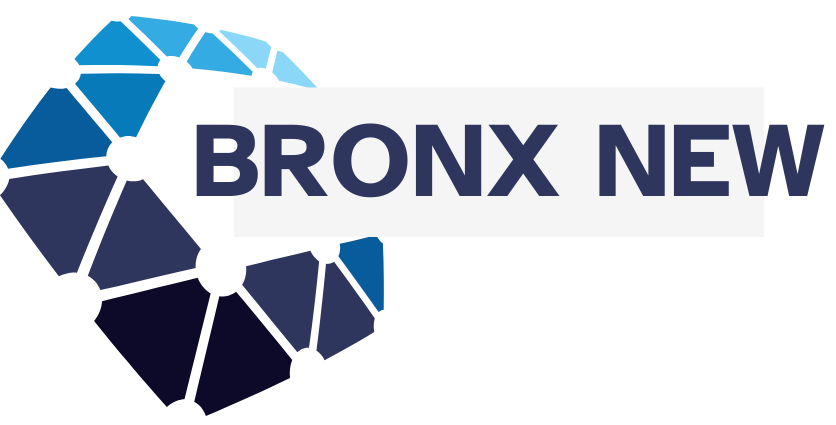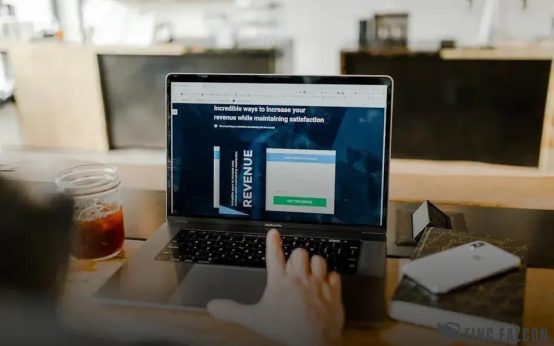Identity theft is a growing concern in today’s digital world. Protecting your finances from identity theft is crucial to maintaining your financial stability and peace of mind. In this article, we’ll explore some effective strategies to safeguard your financial information. From understanding the basics of identity theft to recognizing warning signs, we’ve got you covered with practical tips and resources.
Understanding Identity Theft: The Basics
Identity theft occurs when someone illegally gains access to your personal information and uses it for fraudulent purposes. This can include your credit card details, Social Security number, or bank account information. Understanding how this happens is crucial to protecting yourself.
Personal Data Exposure: Information can be stolen through phishing scams, data breaches, or even lost or stolen wallets. Be wary of unsolicited emails or messages, especially those asking for personal information.
Unauthorized Use: After obtaining your details, thieves might make unauthorized transactions, open new accounts in your name, or even file fake tax returns to receive refunds.
Common Tactics
Identity thieves often employ a range of tactics such as skimming devices to read card information or creating fake websites that mimic legitimate ones to capture login credentials. Staying informed about these methods can help in recognizing potential threats.
Understanding the nature of identity theft provides a strong foundation for adopting preventative measures. The more aware you are of these methods, the better equipped you’ll be to guard against them.
Signs Your Identity Might Be Compromised

- Receiving unexplained charges on your credit card statements could indicate identity theft. Check each transaction carefully and report any anomalies immediately.
- If you notice unfamiliar accounts or debts on your credit report, someone might be using your identity. Obtain a copy of your credit report annually from each major credit bureau and review it thoroughly.
- Unexpected denials for credit indicate that your credit score might be affected due to fraudulent activities. Monitor your credit score regularly.
- Receiving bills for services you did not subscribe to can be a major red flag. Contact the service provider to explain the situation and take steps to secure your accounts.
- If you stop receiving your regular mail or bills, it might mean a thief has changed your address. Confirm with the post office and all relevant institutions to prevent future identity fraud.
- Alerts from your bank about password changes or card activities you did not authorize are serious indicators. Always use two-factor authentication to secure your accounts.
- Notifications from the IRS regarding tax filings you didn’t make could indicate stolen identity for tax fraud. Respond promptly to such notices to clear your records.
Proactive Steps to Secure Your Financial Data
Taking proactive steps to secure your financial data is essential in protecting yourself from identity theft. Ensure all your passwords are strong and unique. Use a combination of letters, numbers, and symbols for added security. Avoid using easily guessed information like birthdays or simple sequences.
Enable two-factor authentication wherever possible. This extra layer of protection makes it difficult for potential fraudsters to access your accounts, even if they have your password.
Regularly monitor your financial statements and accounts for any unusual activity. Set up alerts for transactions or logins so you are immediately informed of any suspicious behavior.
Keep your software updated to protect against the latest security vulnerabilities. This includes your operating system, antivirus programs, and any financial apps you use.
Be cautious about the personal information you share online. Only provide personal details on secure, trusted sites, and avoid public Wi-Fi when handling sensitive information.
Back up your data regularly. Having secure backups ensures you can quickly recover your information in the event of a data breach or computer failure.
Important Tools and Resources for Protection

-
Credit Monitoring Services:
It’s essential to keep an eye on your credit report regularly. Services like Experian, Equifax, and TransUnion offer monitoring tools that alert you to any unusual activities.
- Password Managers: Tools like LastPass and Dashlane help create and store complex passwords securely, reducing the risk of password breaches.
-
Fraud Alert and Credit Freeze:
Initiate a fraud alert or freeze on your credit through the major credit bureaus to prevent new accounts from being opened in your name.
- Antivirus and Anti-malware Software: Keep your devices safe from malicious attacks with reliable software such as Norton or McAfee, which regularly update against new threats.
-
Secure Wi-Fi Networks:
Ensure your home network is encrypted. Use a strong password and the latest encryption standards, like WPA3.
- Identity Theft Protection Services: Companies such as LifeLock and IdentityGuard provide comprehensive protection by monitoring your personal information on the dark web, offering alerts, and facilitating recovery options if theft occurs.
-
Financial Apps’ Security Features:
Utilize features like two-factor authentication and biometric logins provided by banking apps to enhance account security.
- Online Education Resources: Stay informed about the latest identity theft tactics by engaging with online resources such as the Federal Trade Commission (FTC) website, which provides educational materials and guidelines.
What to Do If You Suspect Identity Theft
If you suspect identity theft, it’s crucial to act immediately to minimize any potential damage to your finances. Contact the credit bureaus to place a fraud alert on your credit reports. This will notify creditors to take extra steps to verify your identity before opening any new accounts.
Review your accounts thoroughly for any unauthorized transactions. If you find something suspicious, report it to your bank or credit card company as soon as possible. They can help prevent further unauthorized charges and guide you on the next steps.
File a report with the Federal Trade Commission (FTC). This helps establish a record of the theft and can assist in recovering your identity. You can file online or by calling their helpline.
Additionally, you should create an identity theft affidavit. Use this as a sworn statement to alert authorities and financial institutions about the fraudulent activity, which can help clear up your credit status.
Consider enlisting professional help if the situation is complex. There are organizations and services that specialize in identity theft recovery. They can offer legal advice and take over much of the legwork involved in getting your financial situation back to normal.
Updating your passwords and securing your online accounts is also a vital step. Ensure that your passwords are strong and unique for each account, and consider using a password manager for added security.
By taking swift and decisive action, you can greatly reduce the risk of long-term damage and regain control over your financial identity.





